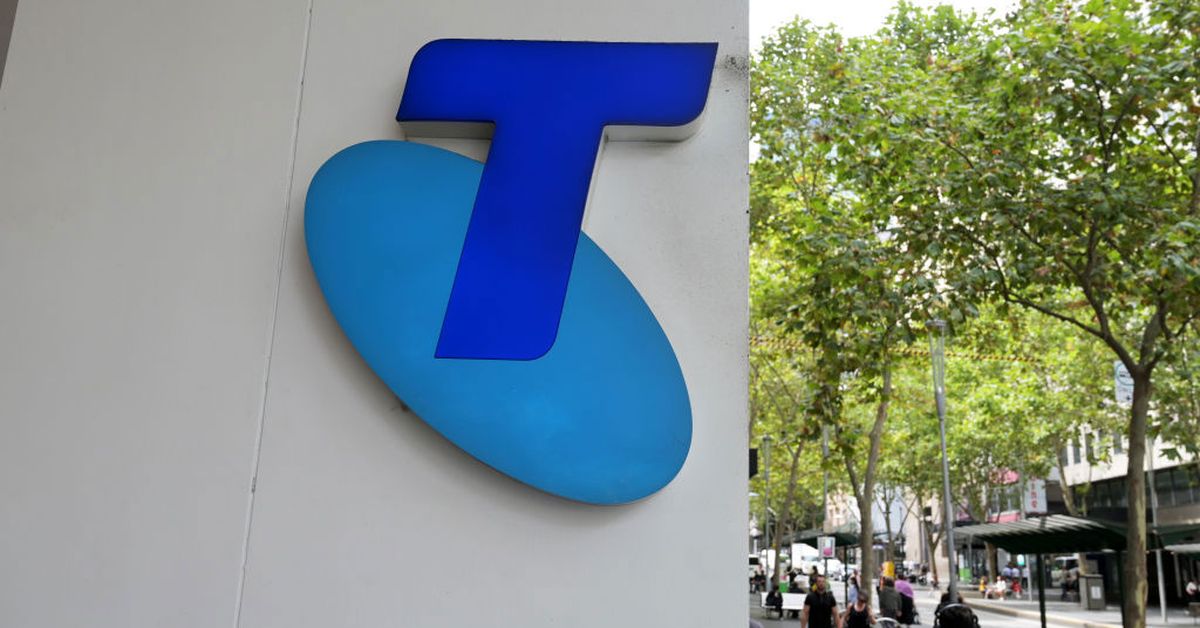In a statement to the share market this morning, the telco said most of its plans and pre-paid offers would rise by between $2 and $4 a month.
Its pre-paid mobile broadband prices will also increase, as will pre-paid mobile casual plans.
The hikes will come into effect on August 27 for post-paid customers and October 22 for pre-paid users.
Under the price changes, data speed caps for customers on Telstra’s two cheapest standalone post-paid plans will be removed.
“We will not be making a CPI-linked annual price change to post-paid mobile prices in July 2024,” CEO Vicki Brady said at the time.
“We will continue to review our pricing and any changes will be communicated to customers in a timely and transparent way.”
In announcing next month’s price increases, Telstra said it had taken high living costs into account, and pointed to the removal of the CPI-linked price changes.

“This change simplified Telstra’s pricing approach to be more consistent across its products and services, reflected there are a range of factors that go into any pricing decision and provided greater flexibility to adjust prices at different times and across different plans based on their value propositions and customer needs,” it said in its statement.
“In making these price changes, Telstra has balanced cost of living pressures it knows some of its customers are experiencing, with its need to continue to invest to manage technology evolution and continued strong customer demand on its mobile network.”
Telstra Consumer Group Executive Brad Whitcomb said the price increases would help improve the company’s network, and argued the cost of phone services have risen reasonably in recent years.

“These price changes help us to keep investing in mobile coverage, performance and local support, as well as ongoing investments to improve the security of our services,” he said.
“We monitor our network 24/7 to help protect against scams by blocking malicious calls and texts from reaching you.
“Changing our prices is always a difficult decision, especially in the current climate.
“But if you look at the broader context around pricing, data from the Australian Bureau of Statistics shows that telecommunications pricing… have not increased for consumers anywhere near the rate of other consumer household goods and services over the last decade.
“In fact, according to this data in eight of the last 10 years, those prices have actually deflated.”
Telstra is Australia’s largest mobile network, with about 22.5 retail services on its network.
It posted an after-tax profit of $2.1 billion last year.


